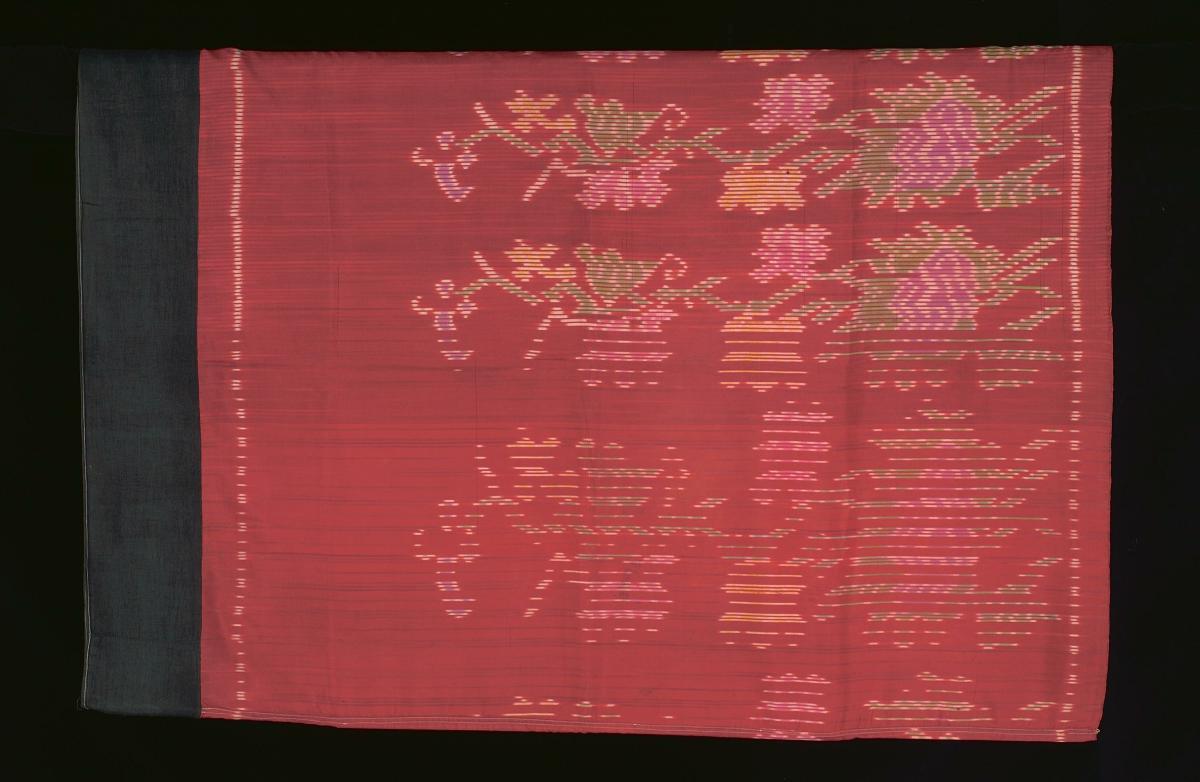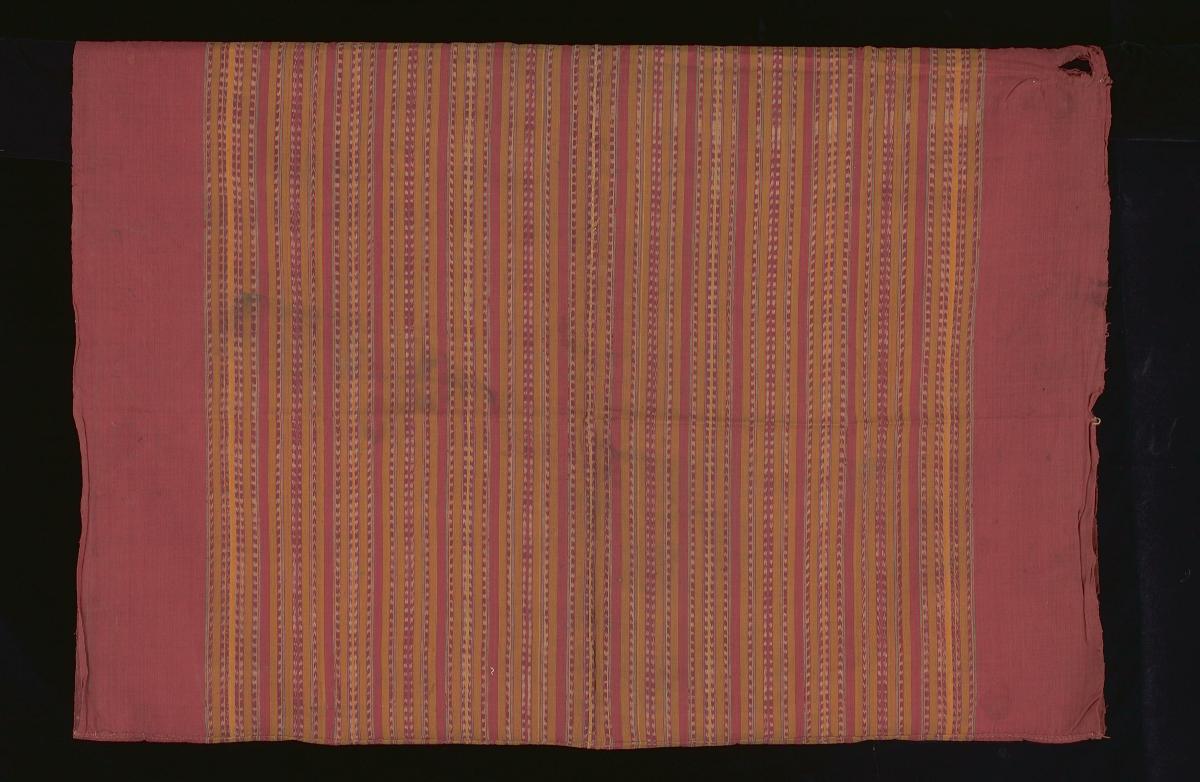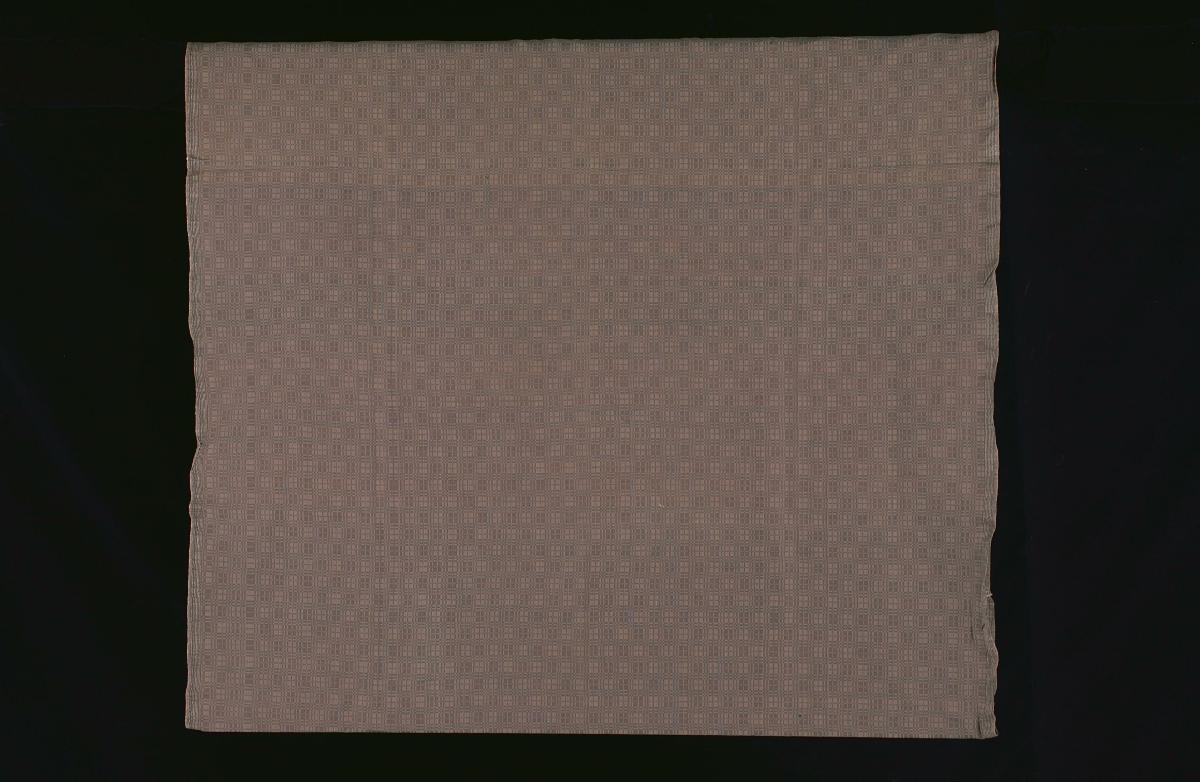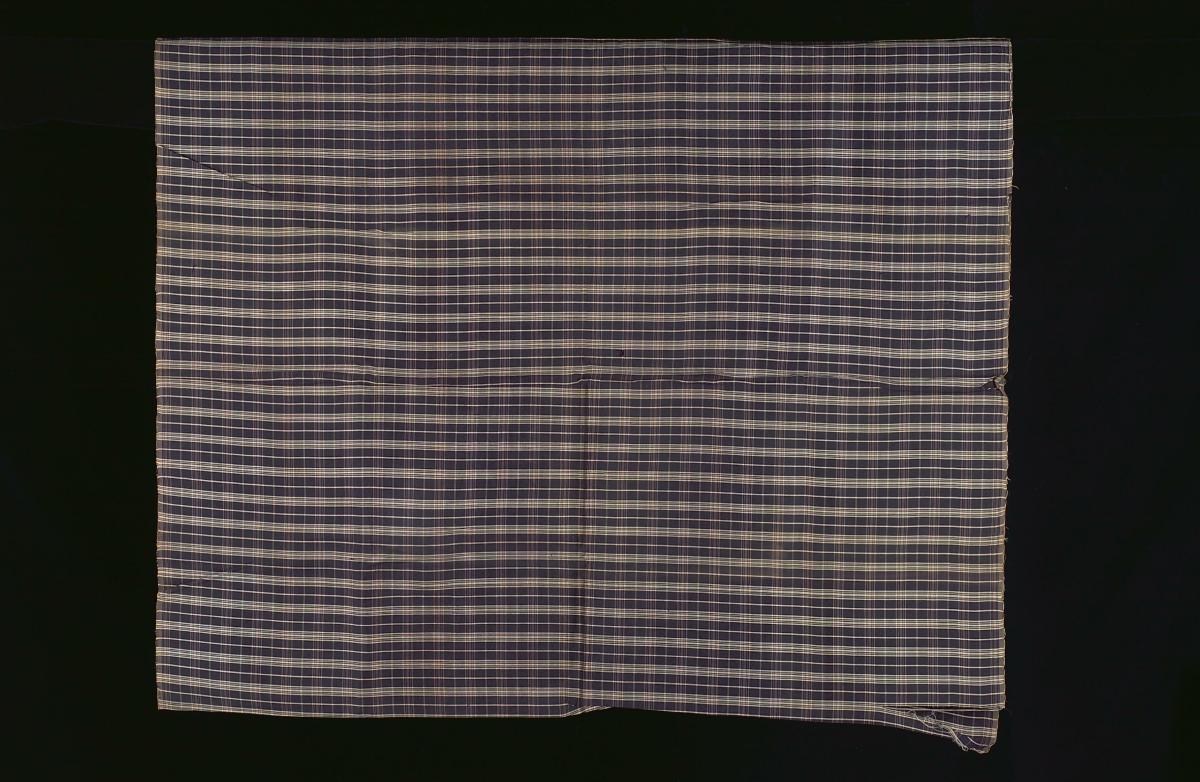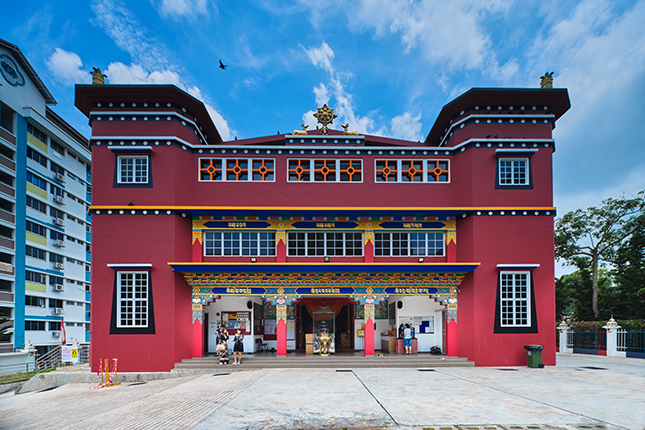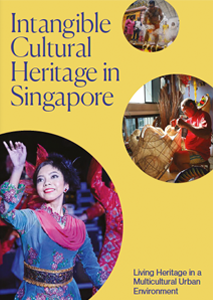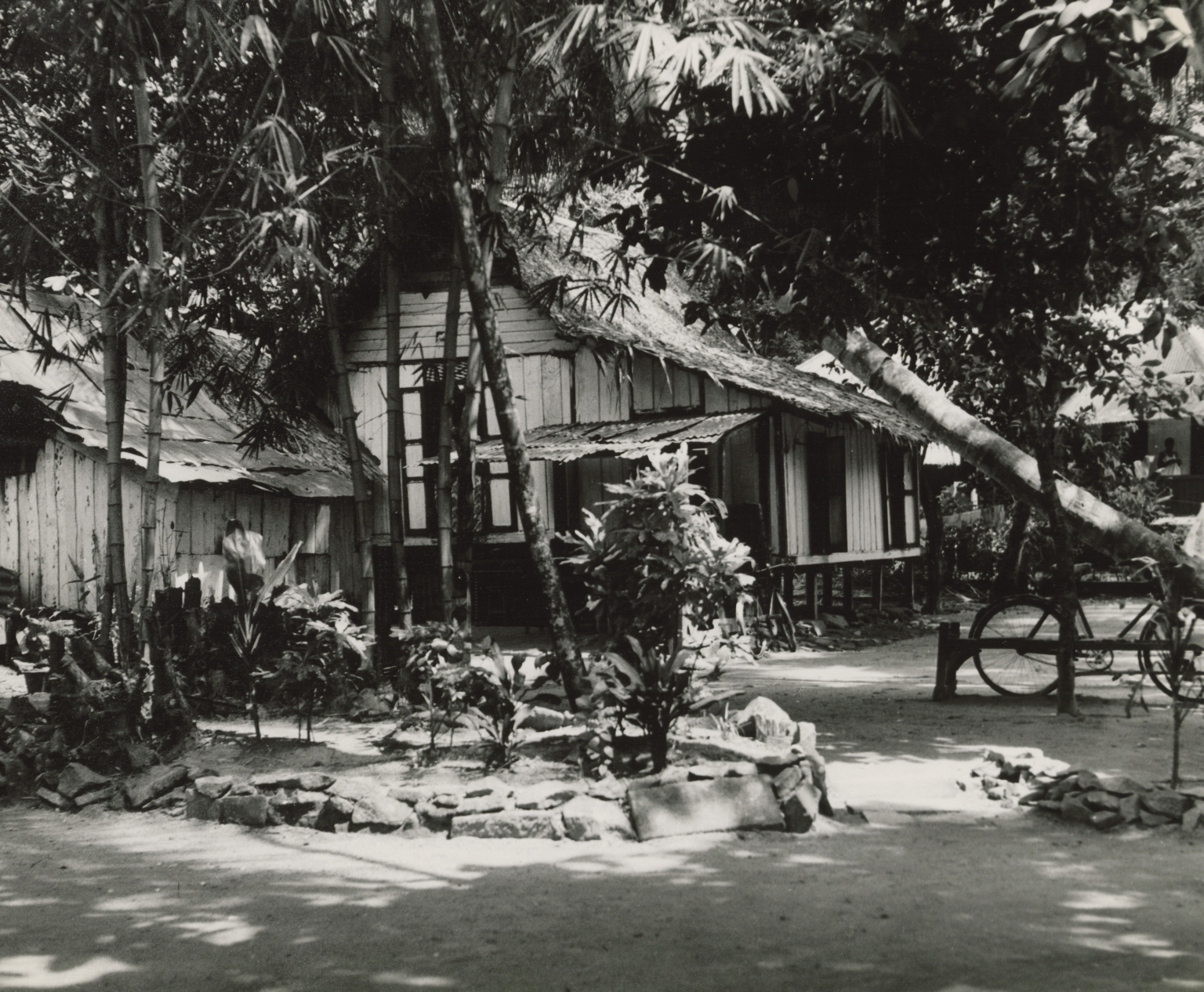During 18th and 19th centuries, the majority of Burmese everyday clothing was woven from locally produced cotton, while silk was imported from China. A family’s clothing was traditionally woven by the Burmese women. A wide variety of natural dyes were used to make brightly coloured and boldly patterned textiles, and weaving was deeply rooted in the Burmese life. Changes in lifestyle over the centuries brought about some modifications to the basic Burmese traditional wear – from the more voluminous and elaborate hip wrappers to the narrower, tubular 'longyi'. Stripes and plaid cotton were worn by all. This beautifully floral patterned silk Intha tubeskirt is worn around the waist, folded into a neat pleat on one side and then tucked into the attached waistband. Men secure it in the front with a tuck or a knot. The Intha are members of a Tibeto-Burman ethnic group living around Inle Lake and speak and an archaic dialect of Burmese. They are thought to have come from the Dawei (formerly known as Tavoy), a city in the southeastern Myanmar.




